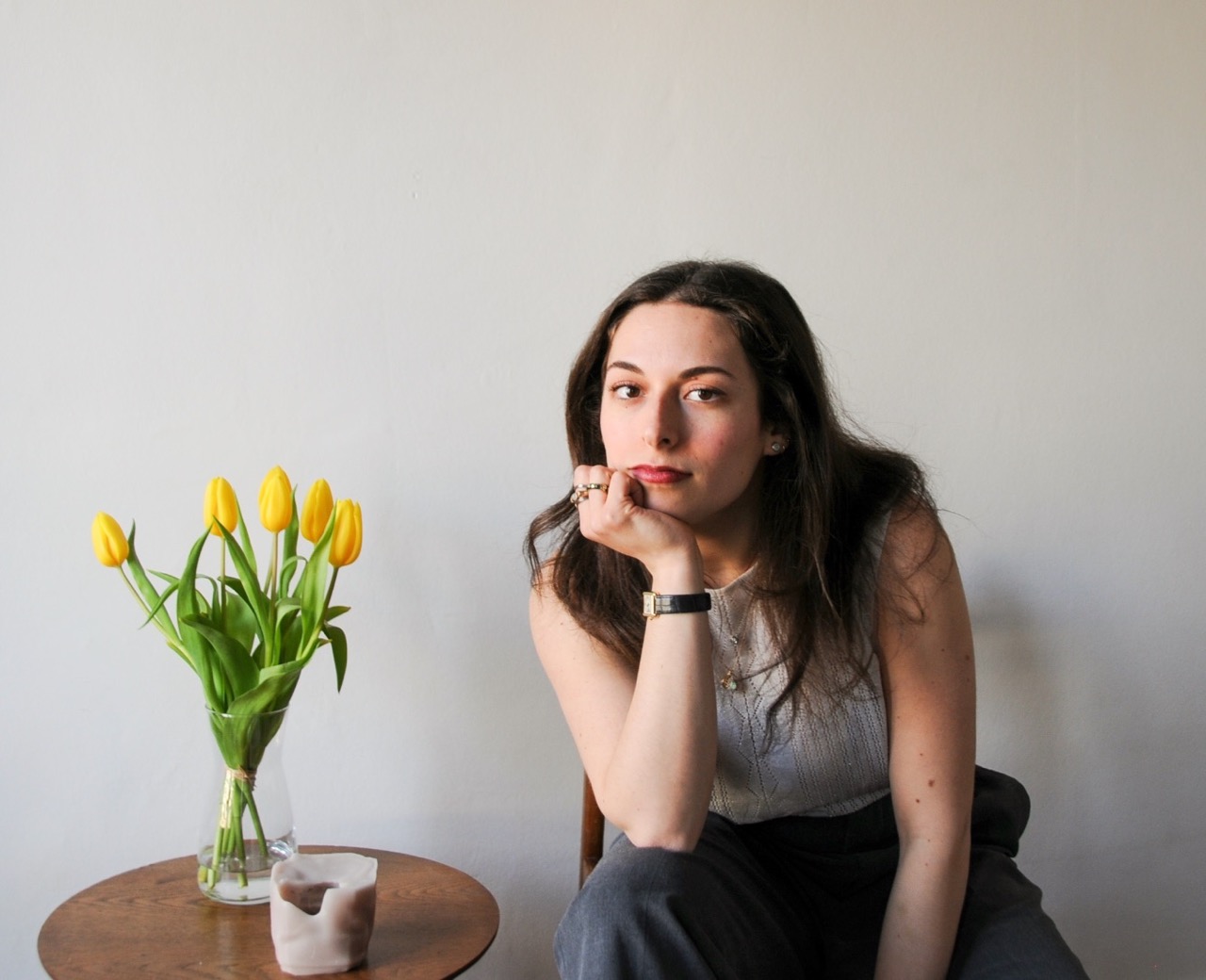Touch and Go
Category: Furniture
Competitions: Home Competition 2024
The content of my ongoing project 'Touch and Go' mirrors the connotation behind its titular phrase. An English expression used to describe a desired outcome that is possible but very uncertain; something I find at the root of working with the non-human. ‘Touch and Go’ explores the relationship between the human and the non-human using mycelium, the vegetative, intelligent collection of thread-like hyphae, resembling a root-like system of fungi, with waste streams from restaurants, stores, and manufacturers around Paris in order to create everyday objects. My work echos and explores the relationship between human and non-human in several ways. First, my own relationship with mycelium as a partner. Second, the human to non-human relationship; exploring the ways reusing our waste changes our relationship to the non-human around us. Third, centering around the emotional relationship and valorization of our waste before and after its transformation, with the objects grown from waste being returned to the stores. With this project, I aim to give new life to temporary and ephemeral materials like food, saw dust, and by products that typically do not instigate much reflection in our daily lives. In addition, ‘Touch and Go’ aims to understand and learn how, as humans, we can reduce our transformation of our land and our planet. How can we use mycelium to revalue and transform our waste which then minimizes the below ground mining for precious resources? How can we minimize the destruction of our earth by seeking out supplies in objects that have enormous potential and already exist? By using mycelium and local waste streams, ‘Touch and Go’ interacts with the local community’s restaurants, residents and stores in Paris, exploring the human to non-human and human to human relationships to create objects and art that can be displayed around the house or in a store, invoking the conversation around our daily practices. This relationship between myself and these industries acts as a catalyst to the conversation surrounding the way humans value the non-human. The use of mycelium in this project is crucial as it morphs the relationship between human and non-human from something of hierarchy to something of partnership. Mycelium grows off of an array of substrates, ranging from rotting wood to textile waste and can be wielded to grow in specific conditions, thus creating specific and unique forms. It's an ephemeral material, incarnating planned obsolescence in a way that emphasizes its cyclical nature where it can be returned to the soil as food rather than poison. The technical making of the objects takes place in six short parts; waste collection, sanitation, inoculation, molding, unmolding, and drying. Waste collection is the beginning of each cycle as the waste influences what objects will be made. A larger object typically needs waste that holds together yet is still light, like paper or fabric. Whereas smaller and more intricate objects can benefit from discarded coffee grounds or shells. Once sanitized, the mycelium is introduced and the substrate will be inoculated, introduced to mycelium growing on grain, and then promptly placed in a custom mold. After the inoculated substrate is placed in the molds, it will be left alone to grow for five to seven days. Once the object has grown and is formed, it is carefully unmolded, and then left to dry in the sun. The drying phase can take anywhere from a few days to two weeks depending on the size of the object and the substrate used. This drying phase is extremely important as it transforms the mycelium from something that is actively growing to an organism that is dormant. By drying in the sun, the mycelium is in a state of limbo; it is not dead, yet it will no longer grow unless rehydrated or placed back into soil. This allows for both current and possible future use of the objects. Whether a future use is to create a new object, return it to the soil, or to fix a current object, allowing it to enter a dormant state keeps its fundamental regenerative properties. My designs are inspired by natural forms and everyday objects and shapes. While the shape and form of my designs are researched and interesting, the mycelium is intended to be the star of the show, exemplifying what we can build when we work with the non-human as a partner rather than as a simple resource. It is interesting to note that often sustainable design is intended to last a lifetime; to be reparable and durable in order to prove it's worth. Yet, when working with bio-materials, the inherent ephemerality showcases a different side of sustainability; one that is in equilibrium with an object's use and life cycle. When I no longer have a use for something I've mycofabricated, or if I have evolved the design, I am able to compost my creations directly into the soil, allowing the mycelia to go back to where it originates from. This way of creating gives back to the mycelium and to the soil, allowing it to regenerate and strengthen the surrounding areas.

